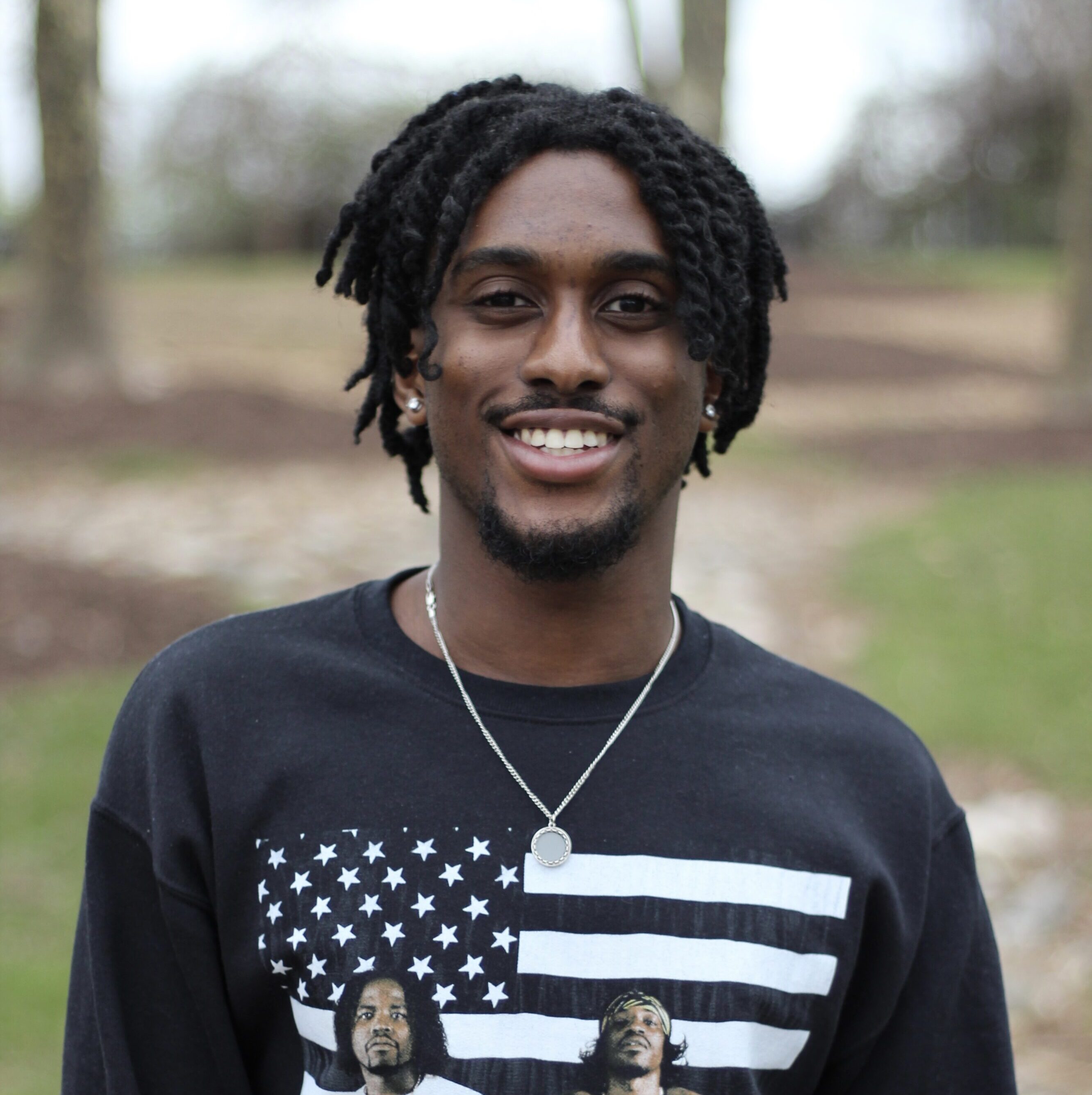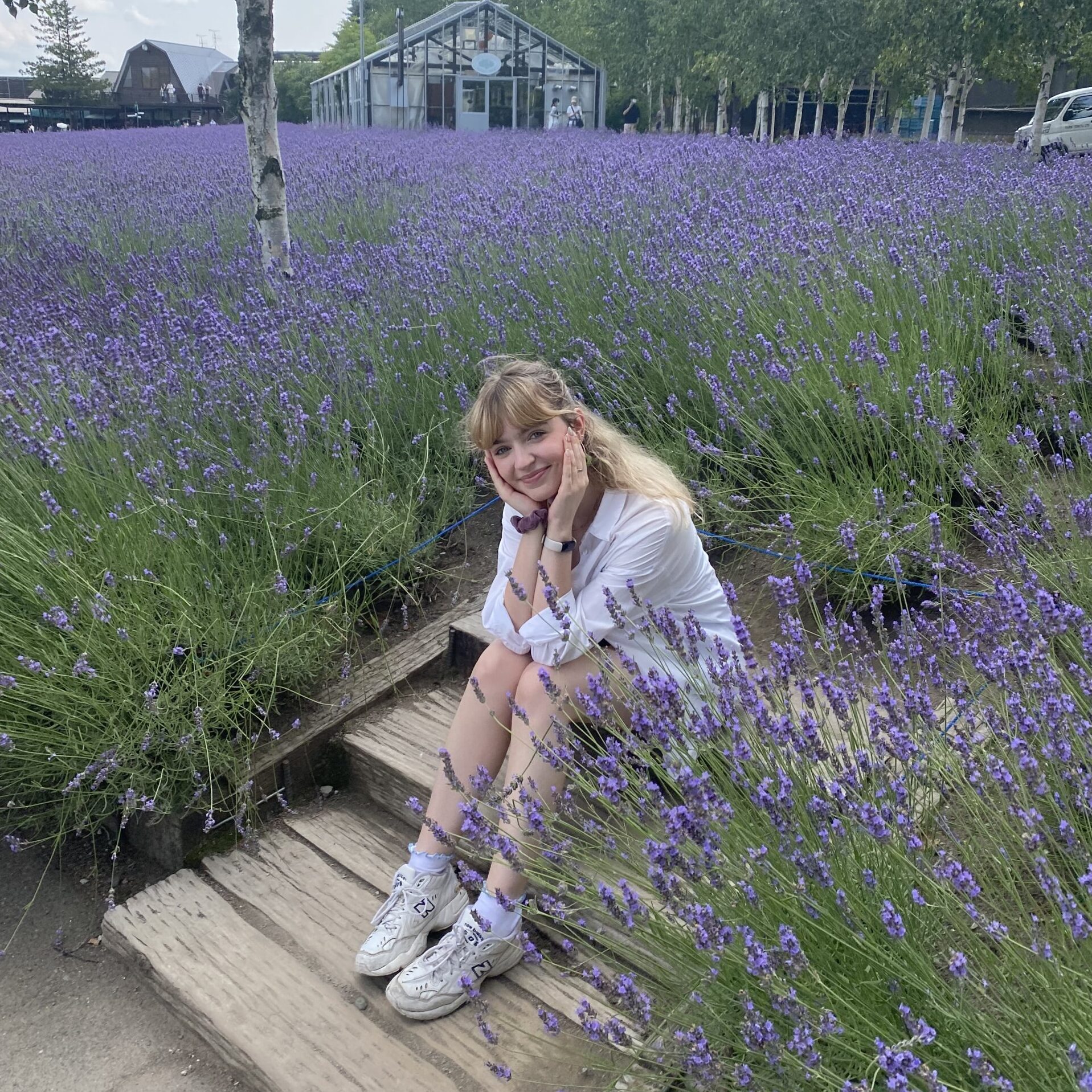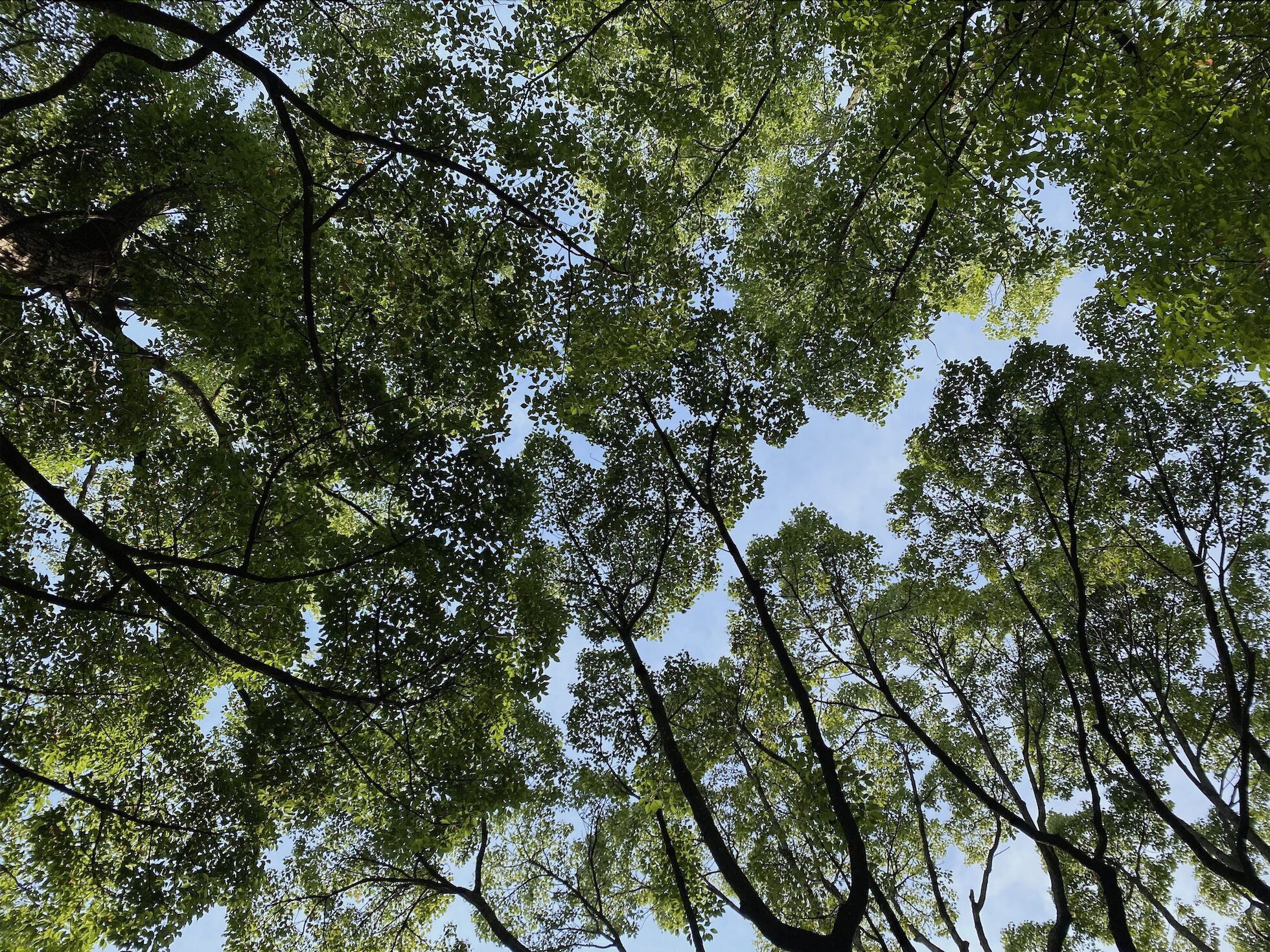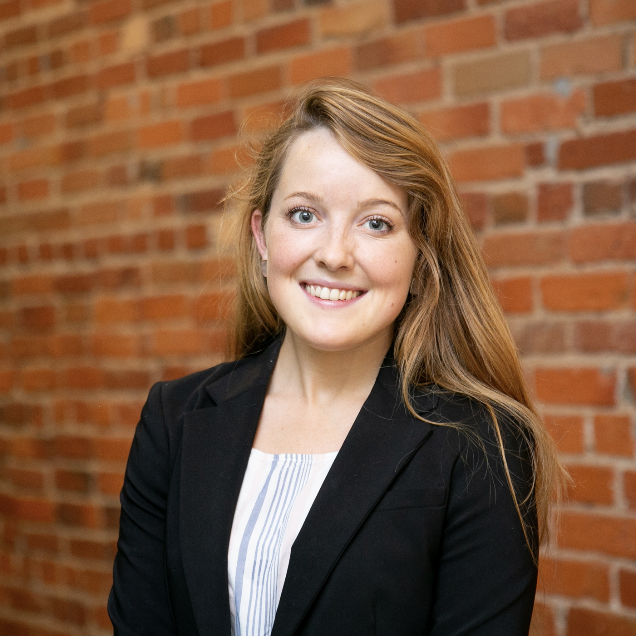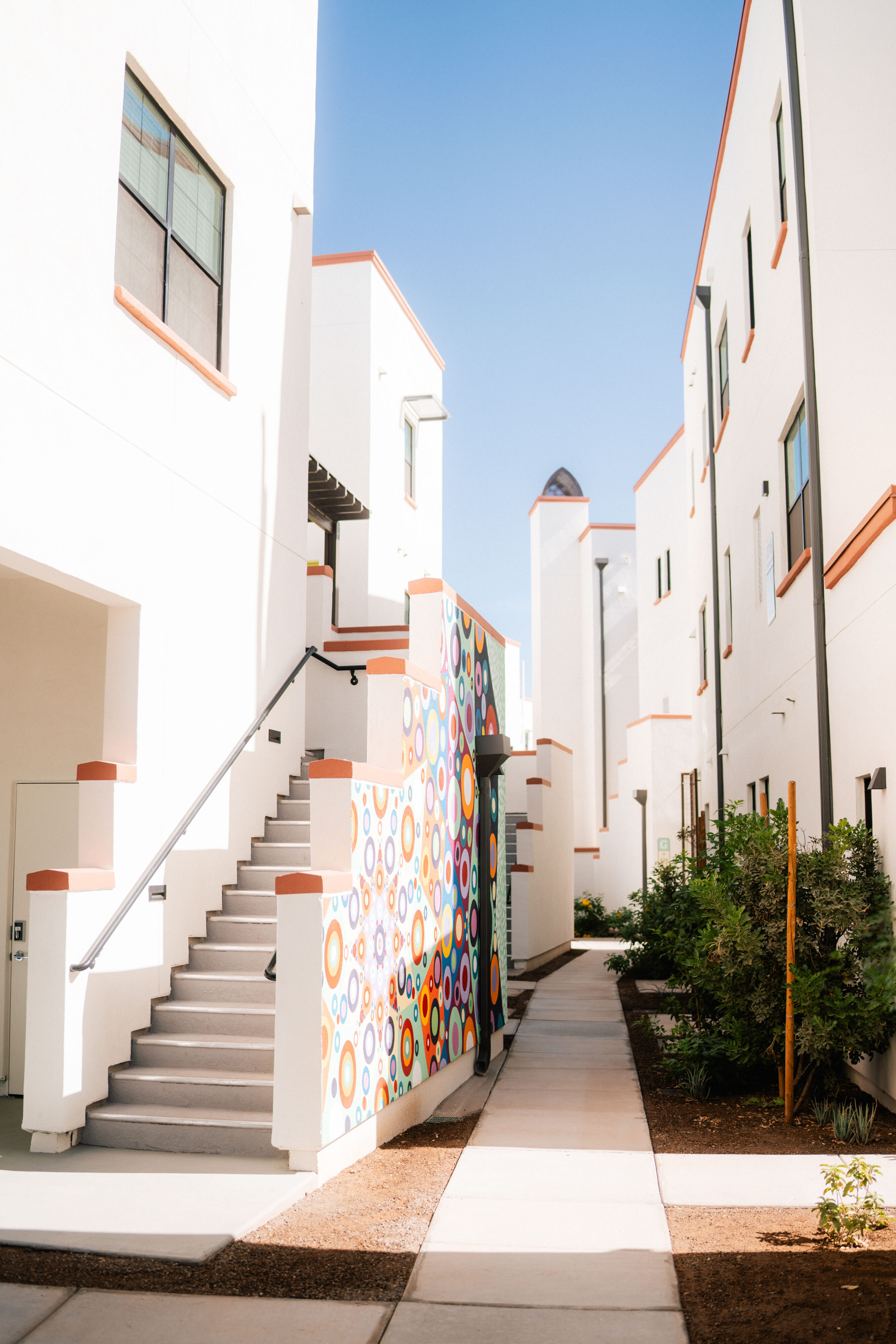It’s An Urban World
You can’t have a sustainable world without sustainable cities” -Lisa Benton-Short.

Courtesy Starbucks City Mugs Collectors
Upon entering Dr. Lisa Benton-Short’s office I am first drawn to the bookshelves lined with Starbucks’ “City Mugs” from upwards of 30 cities worldwide that she has collected during her travels as an Urban Geographer. They illustrate her background and her continued work in Urban Geography as she delves deeper into creating more sustainable urban spaces.
Growing up in a rural community in Montana, the thought of city life was always something we had to imagine. Whenever we heard the word “city,” we would think of the stereotypical hustle and bustle of people surrounded by tall buildings mixed with unappealing scenes filled with traffic jams, smoggy horizons, and overflowing landfills. We often missed what Benton-Short points out: the green parks, diverse wildlife, and the sustainable transportation opportunities that cities have to offer.
Acting Locally: It’s in the Bag
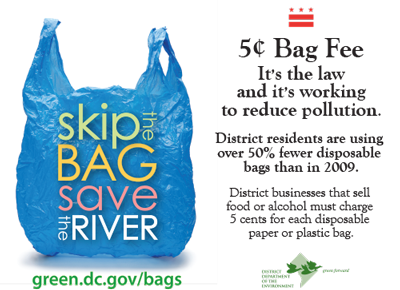
Dr. Lisa Benton Short shops with plastic bags just like everybody else. But unlike most cities in the United States, her home of Washington D.C. has a plastic bag fee.
By encouraging individuals to bring their own reusable bags to stores, the amount of plastic bags in the Anacostia and Potomac Rivers has significantly decreased. In January of 2010 alone, the tax generated $150,000 to help clean up the Rivers and decreased plastic bag usage to 3 million bags compared to the monthly 22.5 million bags prior to the tax.
The bag tax helps keep our urban environment beautiful for photographs during boat rides in the Potomac River when the water glistens in the warm sun and helps keep the water clean for serene fishing experiences with friends, family and even your pet dog. Although these are some of my favorite benefits of the tax, they also serve as reasons why the action around the world by cities on climate change is important.
Dr. Benton Short is optimistic that every city can achieve a similar success through everyday adjustments that will add up to something far greater.
“They’re not that innovative. That’s the thing. They’re very simple. We know how to do a lot of these things. Sometimes it’s the political will to create policy that makes them happen,” said Dr. Benton Short. “Even in the absence of global policy, even in the absence of an articulated U.S national policy on climate change, cities are acting around the world to deal with climate change.”
– Tim Palmieri
Benton-Short has researched the dynamics of the urban environment from many angles, including planning and public space, urban sustainability, globalization, and immigration. I was able to sit down and talk to her about the emergence of more sustainable cities in the U.S. and around the world. She is still so passionate about her work, and seems to continue to love every aspect of it, even after years of research and work in the field.
She highlights the fact that 54% of the world’s population currently lives in cities with numbers trending higher for the future. By 2050 the world’s population is expected to exceed 9 billion people, with continuing trends an estimated 6.2 billion of those people will be living in urban areas – roughly the same number as the world’s total population in 2002.
One of the things she said that I found most interesting was that there is a demographic shift where young people are staying in cities longer, more people are choosing to raise a family in urban environments, and elderly people are making the move back to cities once their kids have settled down. Benton-Short attributes this shift to cultural influences such as TV shows like Seinfeld and Sex & the City that made living in an urban environment seem “cool” again.
I had always dreamed of living in a city when I got older, partially because of the glamorization of big cities in television and popular culture. When I was looking at college options, Washington, DC seemed like a dream come true. But after spending three years living in DC, and getting the chance to spend some time in other large East Coast cities, DC doesn’t seem nearly big enough!
When it comes to the “American Dream” many people are abandoning the vision of white picket fences and two car garages in favor of city life, and I fit right into that. I imagine raising kids in a large city, or at least close to one. Looking at all of the opportunities and experiences that are available in a large city makes me almost envious that I wasn’t raised closer to one. Benton-Short talked about how more and more children are being raised in cities and families are demanding services and amenities that not only translate into a higher quality of life for everybody but also make for more sustainable cities with expanded parks, outdoor recreational opportunities, and improved public transportation and urban walkability.
Just traveling out to cities on the West Coast, I can see the walkability is distinctly different, and the cities have much less public transportation, but many of these cities still have plans to become more sustainable. Many communities already have sustainability plans looking toward the future; Austin and San Francisco plan to be carbon neutral by 2020, New York City is requiring buildings to use less energy and waives city sales tax on efficient vehicles, and Portland has already installed over 200 miles of designated bike lanes.
There is no doubt the world of our future will be urban. The challenge confronting us today is whether we can make that world an efficient and sustainable one.
















